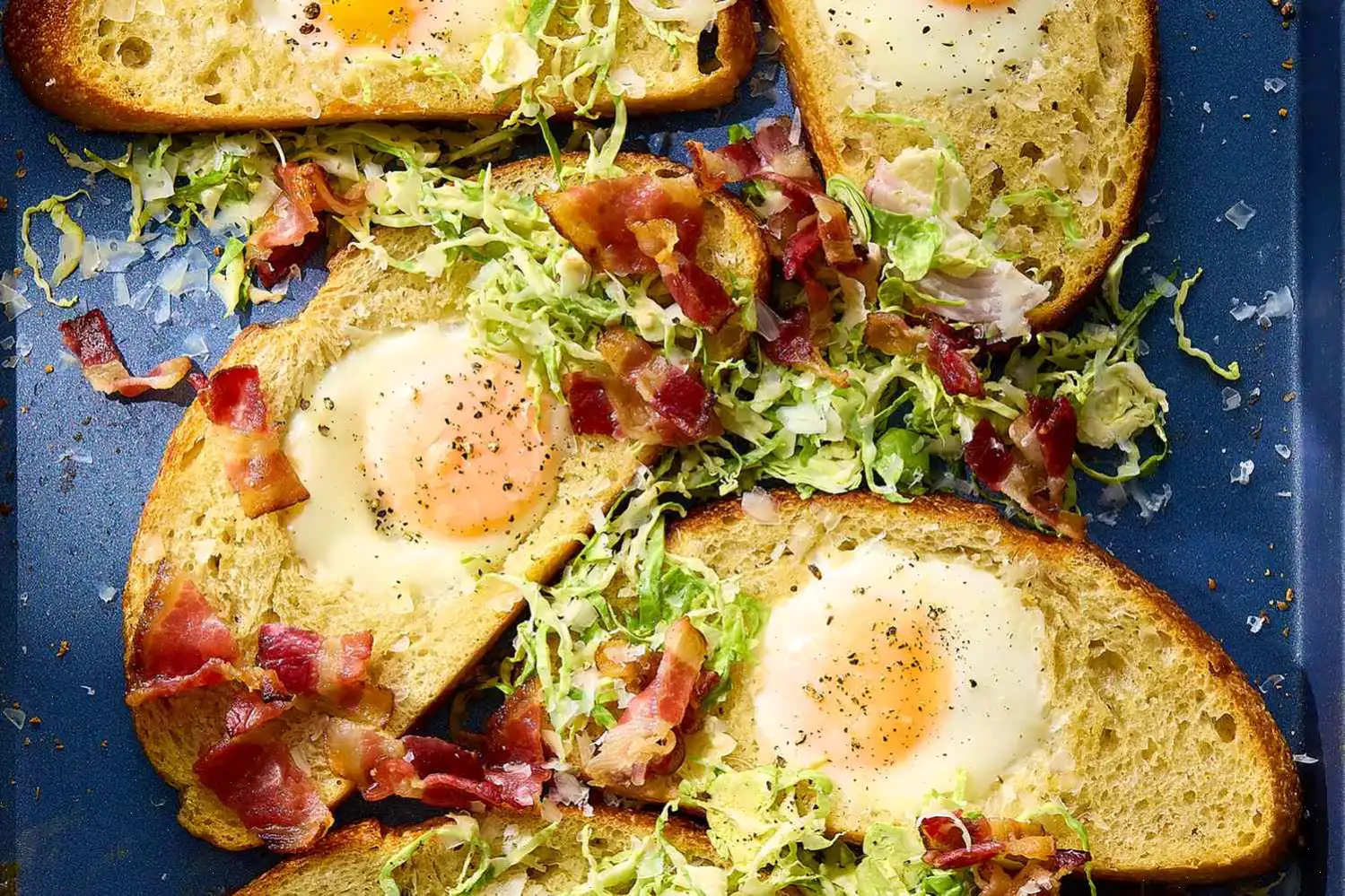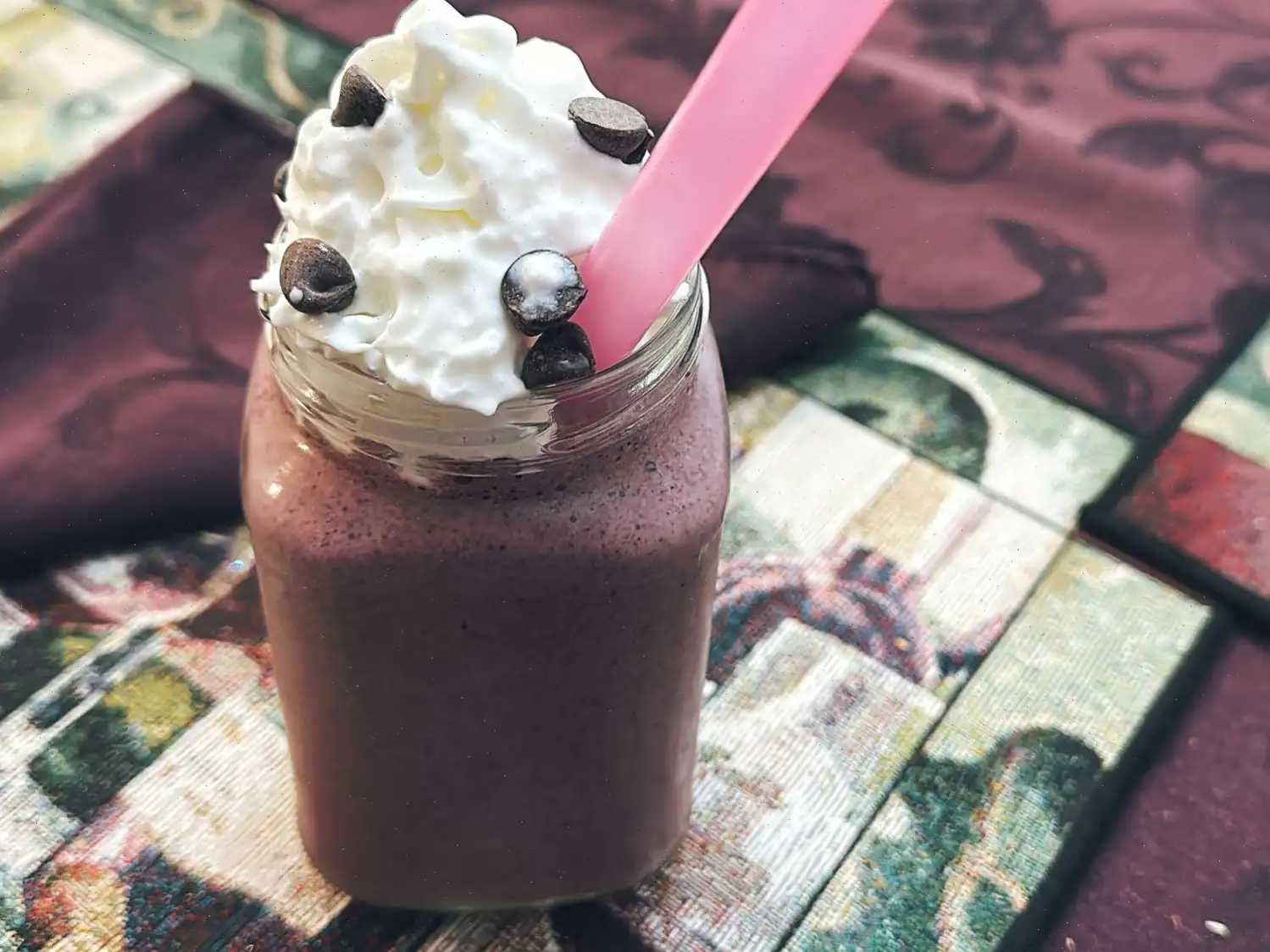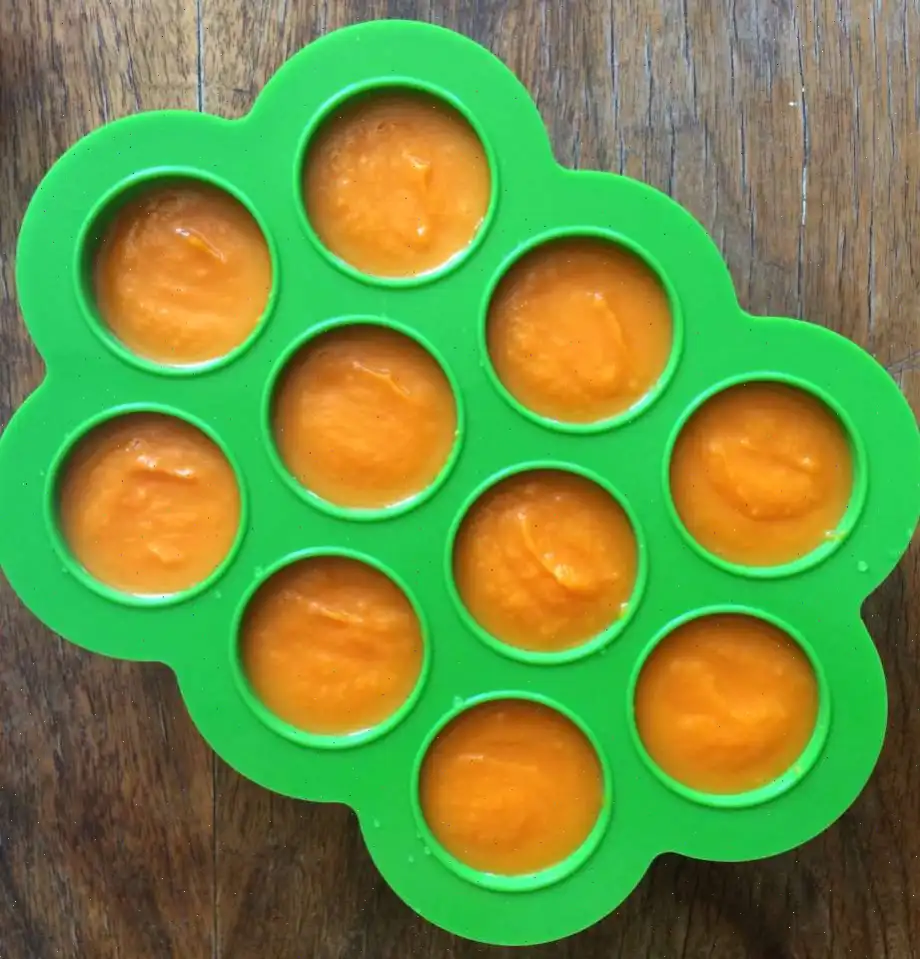
Sheet Pan Egg in a Hole with Bacon and Brussels Sprout Slaw Recipe
Ingredients
This recipe yields 6 servings. Ingredient amounts are automatically scaled, but cooking steps remain unchanged.
- 6 tablespoons butter, softened
- 6 slices thick-cut sourdough bread
- 6 slices thick-cut bacon
- 1/3 cup mayonnaise
- 1 tablespoon Dijon mustard
- 1 tablespoon pure maple syrup
- 1 tablespoon cider vinegar
- 1/8 teaspoon table salt
- 1/8 teaspoon freshly ground black pepper, plus more for garnish
- 1 (9-10 ounce) package shaved Brussels sprouts
- 1 shallot, thinly sliced
- 6 large eggs
- Flaky salt and/or freshly grated Parmesan cheese, for garnish
Directions
- Preheat your oven to 400F (200C). Line a 13x18-inch rimmed sheet pan with parchment paper or foil.
- Spread butter evenly on both sides of the bread slices. Lay them out on the prepared sheet pan and bake for 7 minutes. Flip and bake for an additional 3 minutes until lightly golden.
- Using a 2 1/2-inch biscuit cutter or a straight-sided glass, cut a hole in the center of each toast slice. Set aside both the slices and the cut-out rounds.
- Arrange bacon on the same pan in a single layer. Bake for 15-20 minutes, flipping halfway, until crisp. Transfer to a paper towel-lined plate to drain.
- Meanwhile, prepare the slaw: In a bowl, whisk together mayonnaise, Dijon mustard, maple syrup, cider vinegar, salt, and pepper. Add Brussels sprouts and shallot, tossing to coat. You can make this slaw up to 1 day in advance.
- Discard excess bacon drippings from the pan, keeping the parchment or foil in place. Place the prepared toast slices back on the pan, reserving the rounds. Crack an egg into each hole.
- Bake until egg whites are set and yolks reach your preferred doneness, about 7-9 minutes.
- Crumble the bacon and sprinkle evenly over the baked eggs. Top with Brussels sprout slaw. Garnish with flaky salt, Parmesan, and additional black pepper. Optionally, place the reserved toast rounds on top for presentation.
Nutrition Facts (per serving)
- Calories: 661
- Fat: 33g (43% DV)
- Saturated Fat: 13g (63% DV)
- Cholesterol: 234mg (78% DV)
- Sodium: 1031mg (45% DV)
- Carbohydrates: 69g (25% DV)
- Dietary Fiber: 13g (47% DV)
- Sugars: 14g
- Protein: 29g (58% DV)
- Vitamin C: 265mg (294% DV)
- Calcium: 232mg (18% DV)
- Iron: 9mg (49% DV)
- Potassium: 1619mg (34% DV)
*Percent Daily Values are based on a 2,000 calorie diet. Individual daily values may vary.
History and Origins of Sheet Pan Egg in a Hole with Bacon and Brussels Sprout Slaw
The Egg in a Hole dish, also known as Toad in the Hole in some regions, traces its roots back to early 20th-century Europe and North America. Traditionally, it was a simple breakfast meal where an egg was cooked in the center of a buttered slice of bread, offering a convenient and hearty start to the day. Over time, chefs and home cooks experimented with modern variations, incorporating new ingredients and techniques. The sheet pan method is a contemporary twist that allows multiple servings to cook evenly in the oven, reducing stovetop labor and adding a layer of convenience while maintaining the classic charm of the original dish.
Regional Characteristics
This version, featuring bacon and shaved Brussels sprout slaw, reflects a distinctly American approach to breakfast and brunch. While the base concept is European in origin, the inclusion of maple vinaigrette and bacon highlights a New World influence, particularly from regions like the Northeastern United States where maple syrup production and hearty morning meals are popular. Using a sheet pan to roast ingredients simultaneously is a hallmark of modern American home cooking, blending efficiency with flavor layering. This method allows the Brussels sprouts to maintain a crisp texture while the eggs bake gently in the toast.
Differences from Similar Dishes
Unlike the classic fried egg in a hole, which is typically cooked one portion at a time on a skillet, this recipe leverages the sheet pan to prepare multiple servings at once. Additionally, the incorporation of a Brussels sprout slaw sets it apart from simpler variations, introducing a fresh, tangy element that contrasts the richness of bacon and eggs. Compared to other breakfast casseroles or strata, this dish retains the visual appeal of individual portions while offering balanced textures and flavors, making it lighter and more refined than a dense, cheese-heavy bake.
Typical Serving Settings
This dish is often served at brunch tables, casual weekend breakfasts, or small gatherings where ease of preparation is important. Restaurants specializing in modern American cuisine frequently offer variations on the egg-in-a-hole concept, garnished with fresh greens, microherbs, or artisanal cheeses. At home, it is ideal for entertaining because the sheet pan method minimizes active cooking time while still presenting an elegant, colorful plate. Pairing with coffee, fresh juice, or a light salad makes it a complete morning meal.
Interesting Facts
- Egg in a hole has been referenced in early 20th-century cookbooks as a clever way to serve eggs to children without fuss.
- The sheet pan adaptation is part of a larger trend in American cooking, emphasizing one-pan meals that simplify cleanup and preparation.
- Brussels sprouts were originally cultivated in Belgium, and their addition to this dish showcases the fusion of European vegetables with American breakfast staples.
- The combination of bacon and maple vinaigrette in the slaw echoes the sweet-and-savory flavor profiles popular in New England cuisine.
- Using a biscuit cutter to create uniform holes in the toast ensures even cooking of the eggs and adds a playful, visually appealing presentation.








